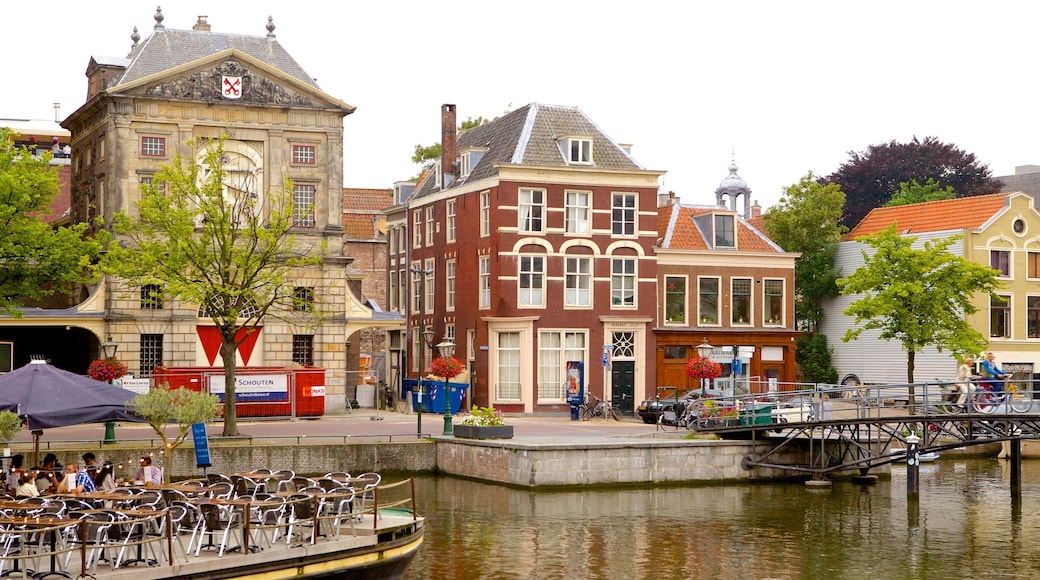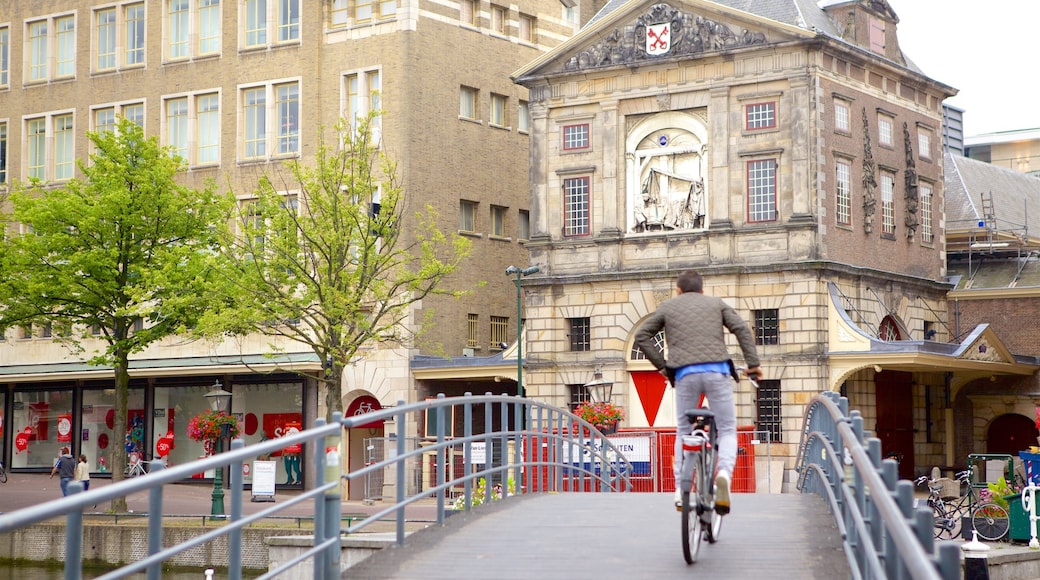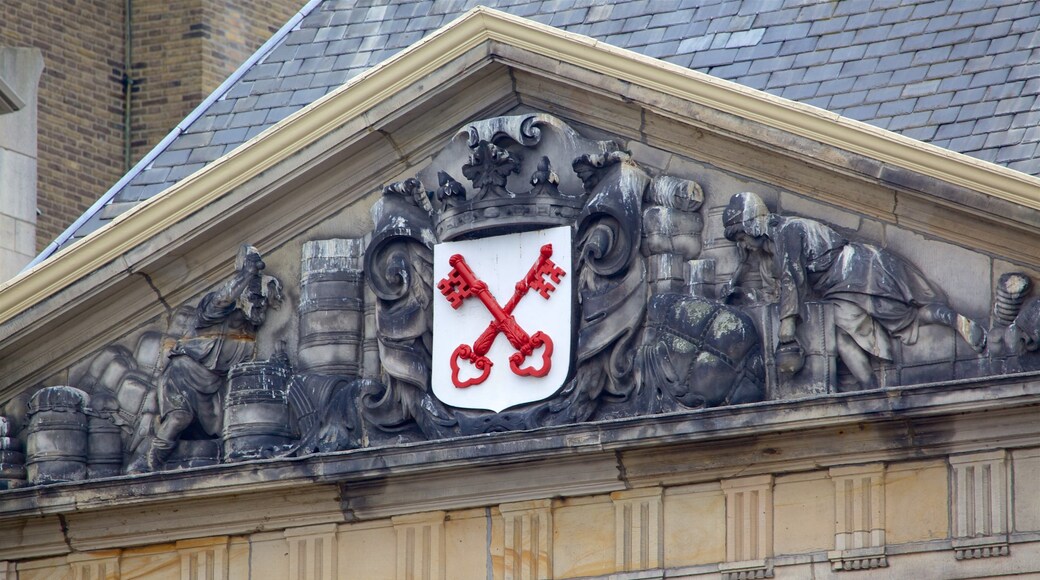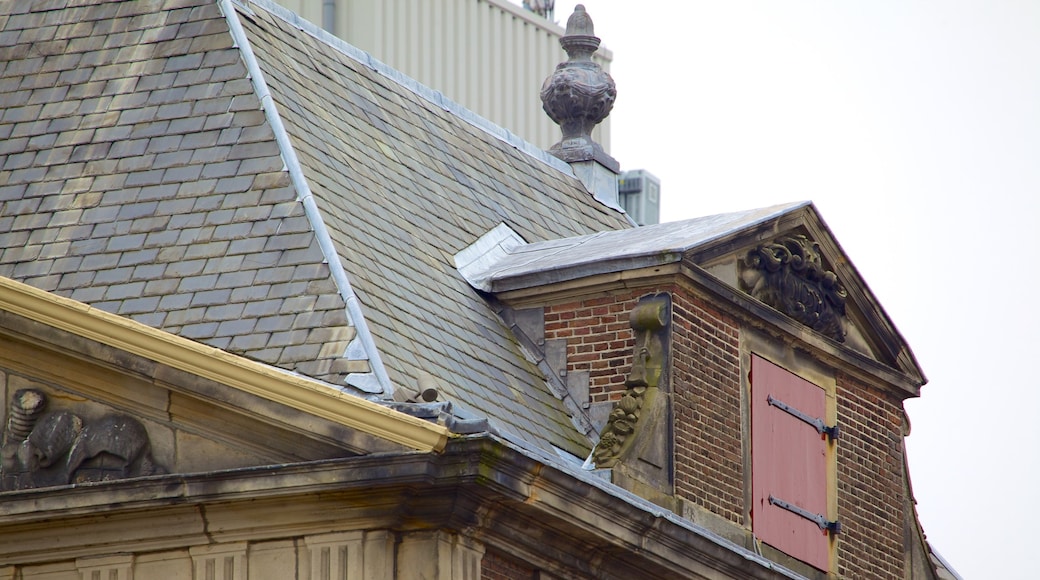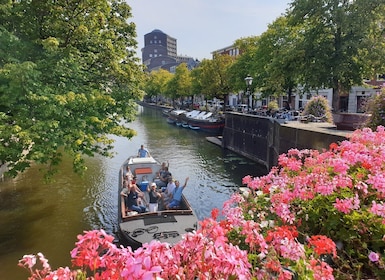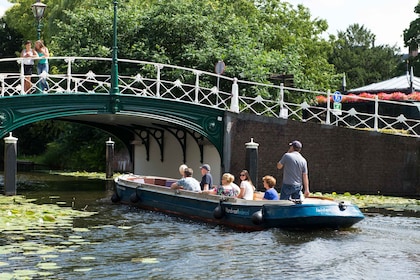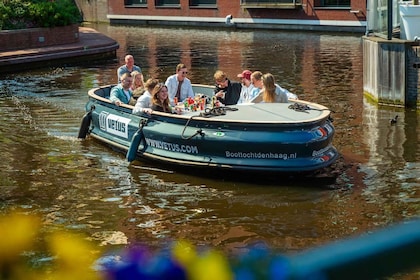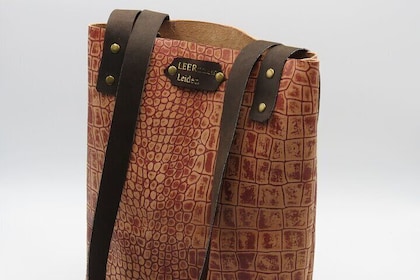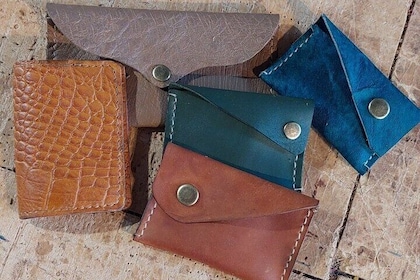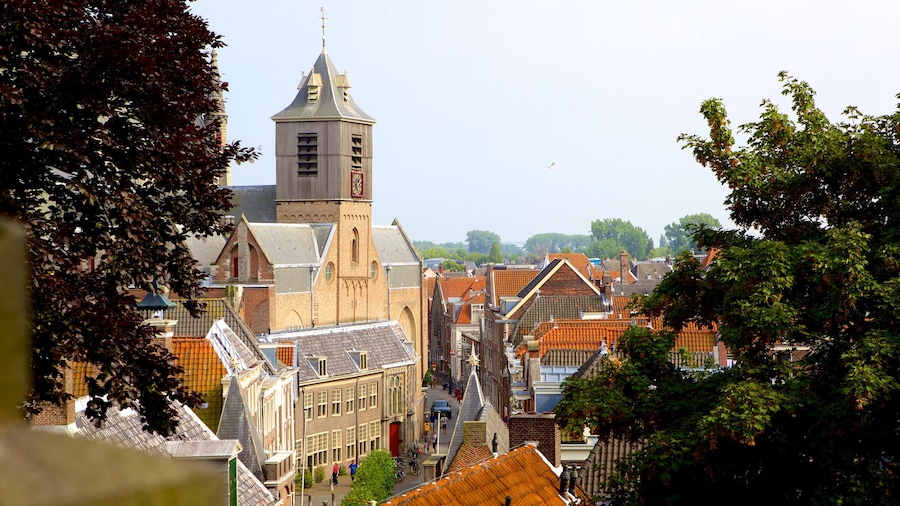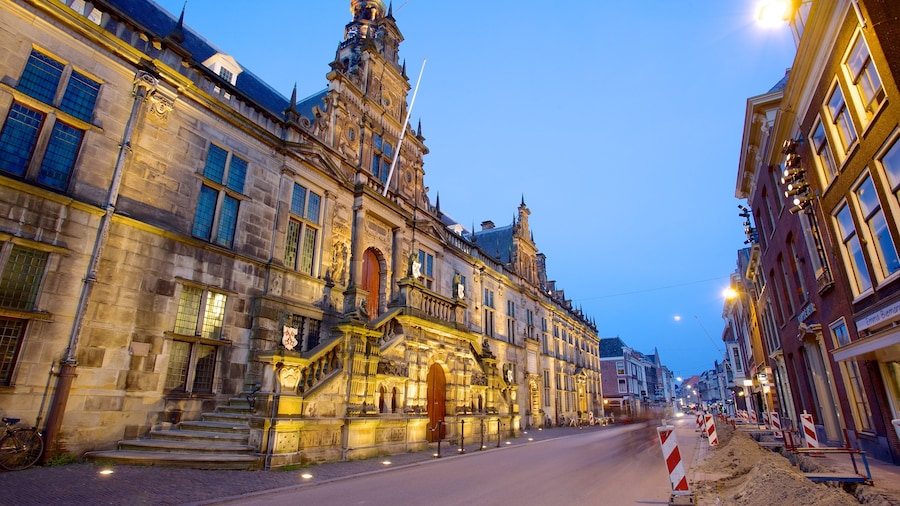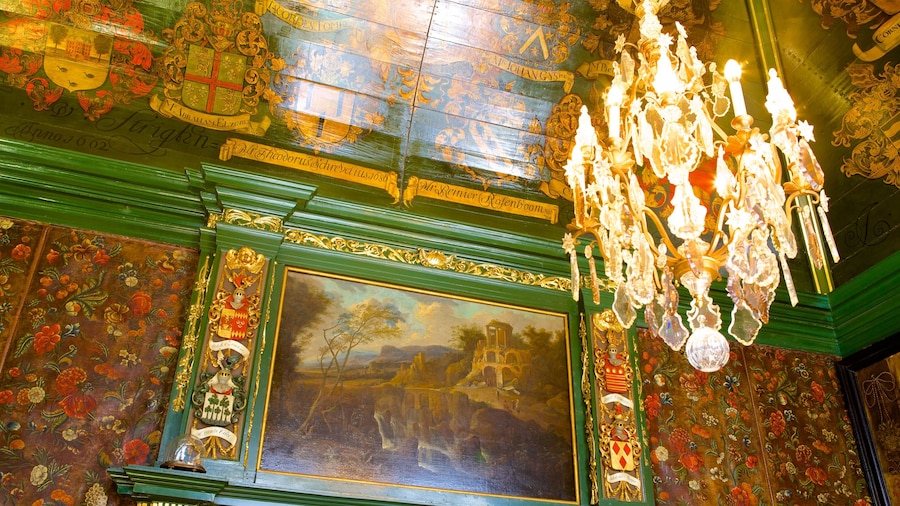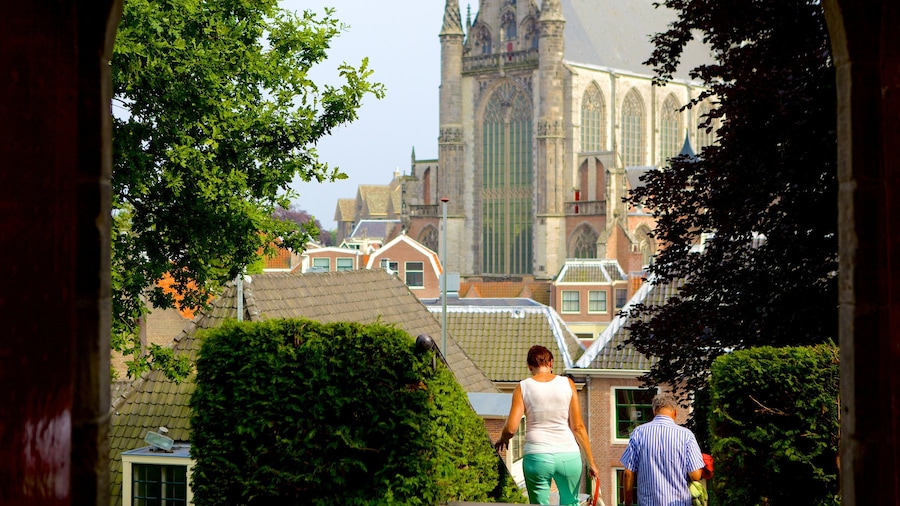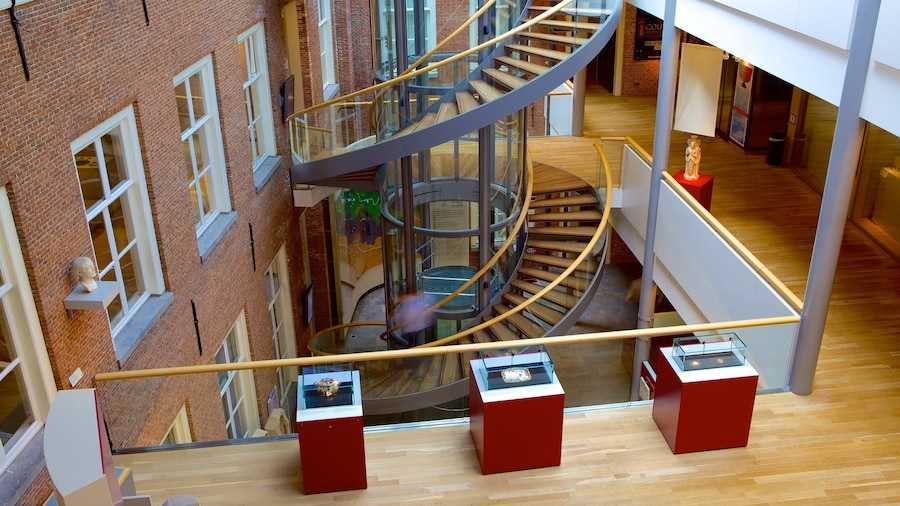The classical building by the canal is where merchants once sent their goods to be weighed before market. These days it’s a music venue and gallery.
Leiden’s Waag (weigh house) was once a bustling hub for Dutch merchants weighing their goods for sale. Many towns in the Netherlands had these weigh houses, which would guarantee buyers that they weren’t being cheated as they purchased goods. Leiden’s Waag was located right on the Nieuwe Rijn so that boats could transport their cargo directly to the weigh house and from there to market.
The structure was built in the 1650s. Its architecture exhibits the styles of Dutch Classicism. The nearby Boterhuis was designed by the same architect, Pieter Post. Look up to see the sculptural relief by sculptor Rombout Verhulstof barrels of butter being weighed.
As the traditional methods for weighing goods like cheese became less necessary, the people of Leiden began to use the building for other purposes. One of the upper rooms was used by the Dutch anatomist Govert Bidloo to perform post-mortem dissections of the human body. It has also been used for events, weddings and concerts. The Waag houses a small gallery and sometimes has pop-up markets, reminiscent of trading of olden days.
See the Waag as part of a walking tour of the Leiden Loop, passing almshouses, the University and the Rapenburg Canal. Just across the Nieuwe Rijn from the Waag is De Burcht, a public park that was once a fortified shell keep. Take a moment to climb the stairs up the raised earth mound and onto the promenade on top of De Burcht to get a panoramic view of the city.
Rent a bicycle and explore farther afield from the Waag. Visit the sand dunes of the North Sea coast. Enjoy the colorful displays of tulip farms and the Kuekenhof garden. For an iconic Dutch experience, bicycle through and photograph the Kagerplassen area of lakes, peat meadows and windmills.
